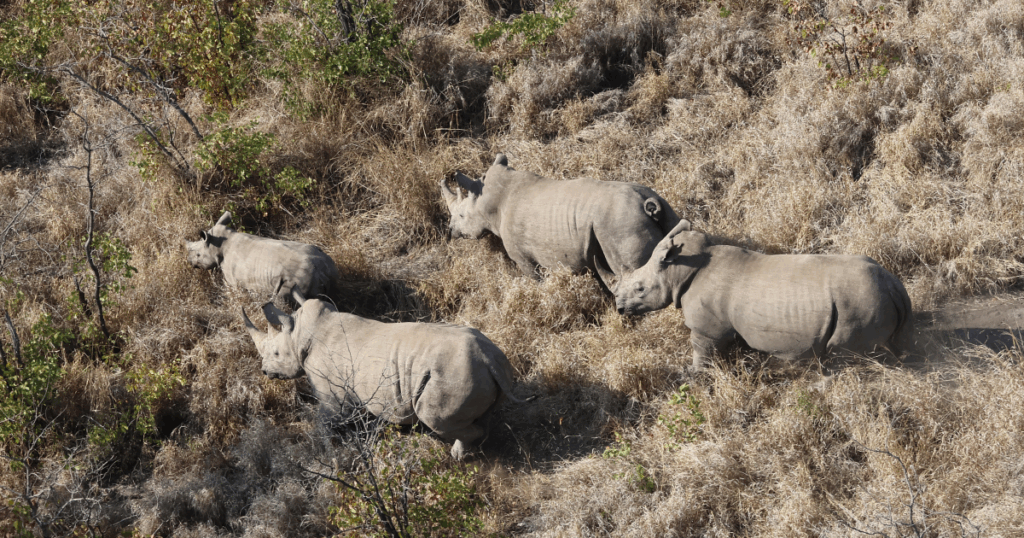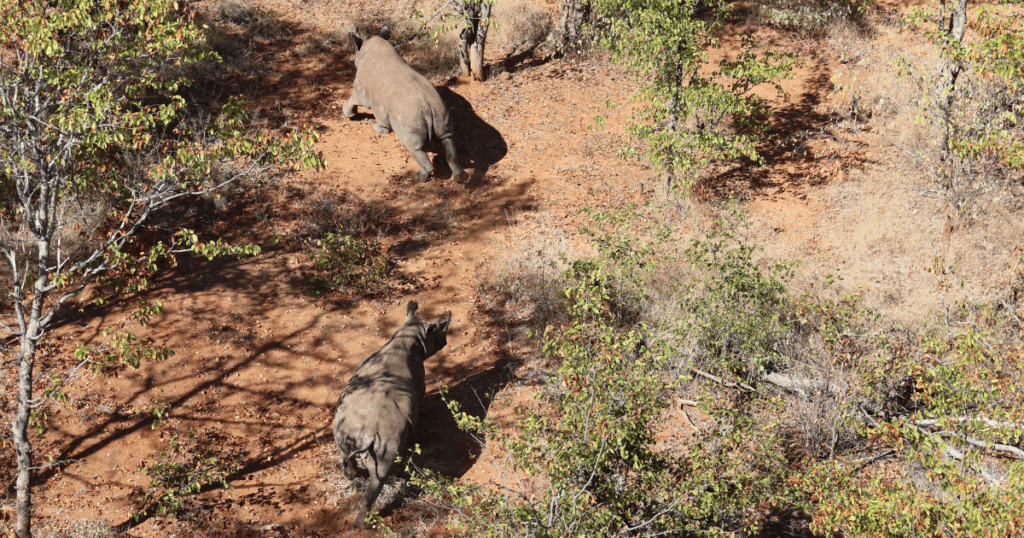Safeguarding the Future: Metapopulation Planning for Zimbabwe’s Rhinos

When it comes to rhino conservation, field projects often capture attention—and funding—through their emotional appeal. But one critical aspect is frequently overlooked: genetic health. Without strong genetic diversity, rhino populations can suffer from inbreeding, low reproductive success and greater vulnerability to disease.
To address this, the International Rhino Foundation (IRF) funded a landmark stakeholder workshop in Zimbabwe in 2024, focused on improving genetic resilience through metapopulation planning.
The workshop was organized by IRF’s in-country partner, the Lowveld Rhino Trust, and was convened with support from the Zimbabwe Parks and Wildlife Management Authority. Metapopulation planning involves managing separate wildlife populations as a single, interconnected whole. In rhino conservation, this means moving individuals between populations to prevent inbreeding and maintain genetic diversity.

In the last decade, Zimbabwe’s national rhino population has, overall, achieved near 5 percent annual growth despite having lost over 300 rhinos to poaching. The majority of this growth, however, was generated by only three subsidiary populations, with the other 12 populations staying relatively static in numbers to an extent that was not simply due to poaching losses. This workshop aimed to explore why this was the case and what could be done to address it.
Zimbabwe is home to over 1,200 rhinos–approximately 720 black and 500 white rhinos. While the total number may appear quite healthy and adequate to achieve successful rhino conservation, these rhinos are held in 15 different areas, with 12 areas holding an average of only 14 individuals each.
At such low numbers, mate choice is considerably limited and over time the likelihood of a rhino eventually mating with a relative becomes significant. This problem is seen throughout Africa and is of significant risk to long-term species viability because inbred rhinos are often less productive and more susceptible to diseases and other health issues.

To minimize the risk of inbreeding, the International African Rhino Specialist Group recommends that 20 unrelated rhinos at minimum are needed to establish a population, followed by periodic additions of more rhinos–“fresh blood.”
Review of the history of Zimbabwe’s populations revealed that only two areas meet these criteria.This means over half of Zimbabwe’s rhinos live in populations that did not receive the recommended number of founders, putting them at risk of inbreeding.
What’s Next?
Developing a metapopulation plan is essential, even though the effects of inbreeding may not be as readily apparent as the more emotive effects of poaching.
IRF will continue to tackle the issue in Zimbabwe as well as in other countries, where it is a more widespread problem than is generally recognized. It’s not too late to secure a genetically healthy future for rhinos in the wild—but action must begin now.
